 Rooms By The Sea. Edward Hopper. Wikiart.org.
Rooms By The Sea. Edward Hopper. Wikiart.org.
“This inner world is truly infinite, in no way poorer than the outer one. Man lives in two worlds.”
Jung.
We live in two connected worlds, the inner and the outer.
Within our minds, we all have an internal landscape, a vast and complex internal world of our creation, both conscious and unconscious, a blend of many aspects, including memories, dreams, beliefs, imaginings, experiences, fears, thoughts and feelings.
We are also firmly located in the world around us; the external landscape includes the entirety of our surroundings- our homes, workplaces, and the towns and countryside around us.
These inner and outer worlds are inextricably linked, forming a complex network of connections. We are irrevocably interwoven into our surroundings, a part of them, dependent on all that the external world has to offer us.
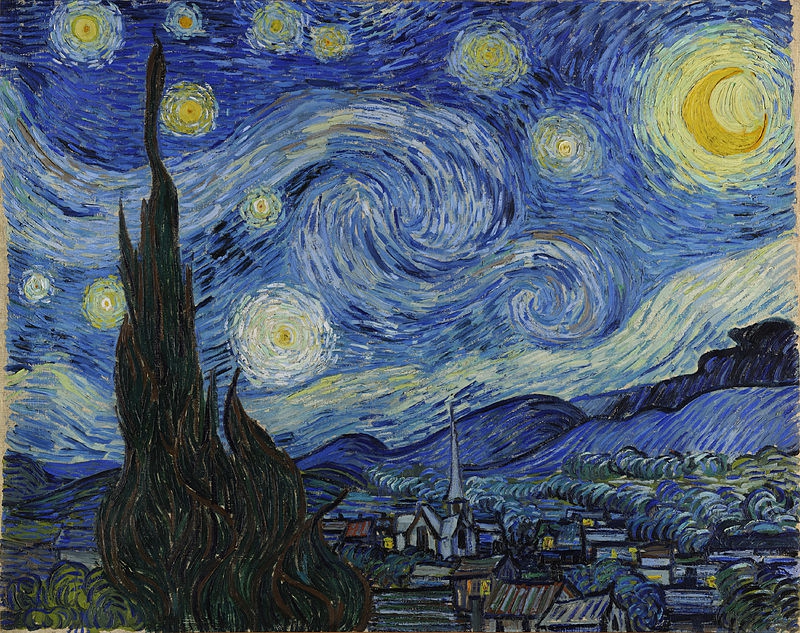 Van Gogh. Starry Night. Wikimedia Commons.
Van Gogh. Starry Night. Wikimedia Commons.
“We are part of this universe; we are in this universe, but perhaps more important than both of those facts, is that the universe is in us.”
Neil deGrasse Tyson
- Our Internal Landscape
“Until you make the unconscious conscious, it will direct your life and you will call it fate.”
C.G. Jung
Interior Exterior – (Roger De Grey) Wikioo.org
“Your vision will become clear only when you can look into your own heart. Who looks outside, dreams; who looks inside, awakes.”
Carl Jung
What does Jung mean in the above quotation? He is asserting that the only way we can see clearly and wake up to reality is if we look inside at ourselves, into our own psyche, and not only at the world around us.
Unless we know ourselves, we will see others, and the outside world, through a lens clouded by our own imaginings, projections and distortions.
In addition, we will be unaware of this bias, if we have not examined ourselves psychologically.
The world will appear extra dangerous and we will feel that we have absolutely no influence on what happens to us.
“Our most important choice in life, according to Epictetus, is whether to concern ourselves with things external to us or things internal. Most people choose the former because they think harms and benefits come from outside themselves.”
William Irvine
If we choose to live unconsciously, unaware of the inner life inside us, then we are at the mercy of the universe, blown in the wind, lost.
We will be totally oblivious of other levels beneath consciousness. It is akin to ways of thinking that there are no such things as viruses or bacteria, because we cannot see them.
“Fighting external monsters is easy in comparison to how we fight those within us.”
Jeffrey Fry
Many people live their lives believing only in conscious, rational thought, reacting ‘logically’ to the world around them.
In fact, there is a whole ‘other part’ of them, busily active, which they ignore or choose not to know about.
“Life is not so much defined by the external situation as it is by the internal one.”
Jacob Needle-man
- The Importance Of Working Towards Some Inner Peace In A Troubled World.
“Human beings, by changing the inner attitudes of their minds, can change the outer aspects of their lives.”
William James
“Outside forces cannot make me feel successful. I have to feel it within myself. It is internal not external. That is why what often appears success externally may be total hollowness internally.”
Shiv Cherie
Looking for the solutions to one’s problems outside the self can be a fruitless search.
“But deluded people don’t realize that their own mind is the Buddha. They keep searching outside.”
Bodhidharma
 ‘Inside – Outside’, 12 x acrylics on canvas, 1987.Sculpture. Wikimedia Commons.
‘Inside – Outside’, 12 x acrylics on canvas, 1987.Sculpture. Wikimedia Commons.
“A happy heart can walk in triumphant indifference through a sea of external trouble; while internal anguish cannot find happiness in the most favorable surroundings.”
Hannah Whitall Smith
We cannot predict what might happen in our lives; if nothing else, the pandemic has shown us that.
Are we prepared to try and cope with whatever life might throw at us? If we wish to do this, it is important to look at our internal resilience.
When we cannot change what has happened, we need to look at what we can have control over, which might make us feel we still have some personal power.
Adapting to new circumstances, especially when life throws us curve balls, is part of being resilient.
“It is in the most undesirable of external circumstances that we discover internal qualities like courage, faith, compassion, inspiration, acceptance, and love.”
Christine Hassler
Vilhelm Hammershøi – Interior, Strandgade 30 [1901] Gandalf’s Gallery, Flickr.
- Our External Landscape
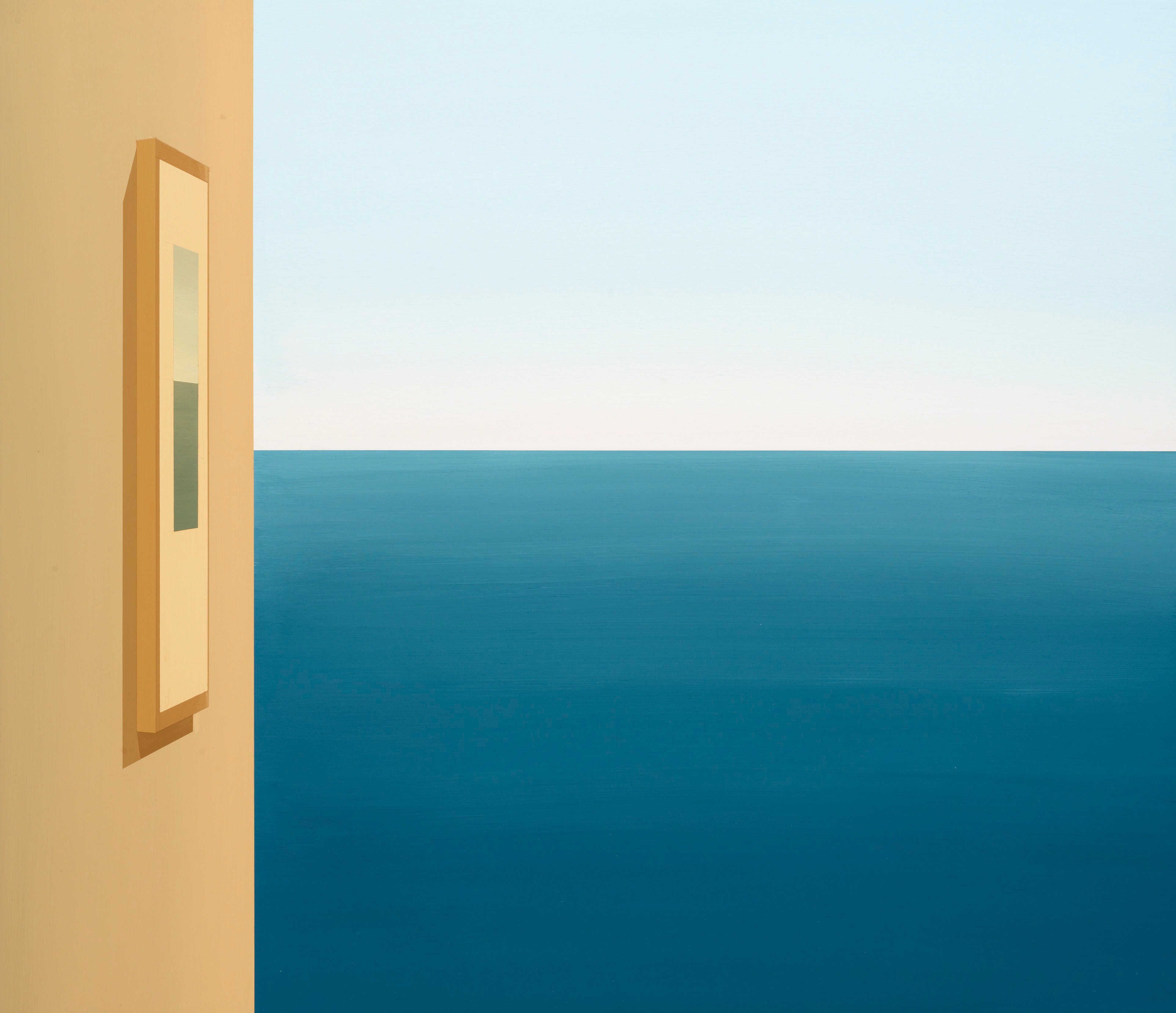 The Diti Almog – Bedroom [2004] Gandalf’s Gallery. Flickr.
The Diti Almog – Bedroom [2004] Gandalf’s Gallery. Flickr.
“A man’s actions are determined by necessity, external and internal.”
Einstein.
Whilst it is obviously important to be as aware and mindful as possible about what is happening in our inner world, this certainly does not imply that our external world is not also crucially important to our wellbeing.
The landscape around us is created by Nature, by others and by ourselves. The part we play in arranging our lives externally, and the home we have, express much about who we are.
“An individual’s harmony with his or her ‘own deep self’ requires not merely a journey to the interior but a harmonising with the environmental world.”
James Hillman
The artist Monet created his garden; it was an aspect of and a reflection of himself and he was a part of all that was in it.
It was a place for him to be himself, somewhere to ease his considerable tensions and frustrations.
 Monet Painting In His Garden in Argenteuil. Renoir.Wikimedia Commons.
Monet Painting In His Garden in Argenteuil. Renoir.Wikimedia Commons.
“My garden is my most beautiful masterpiece.”
Monet.
“My only desire is an intimate infusion with nature, and the only fate I wish is to have worked and lived in harmony with her laws.”
Monet.
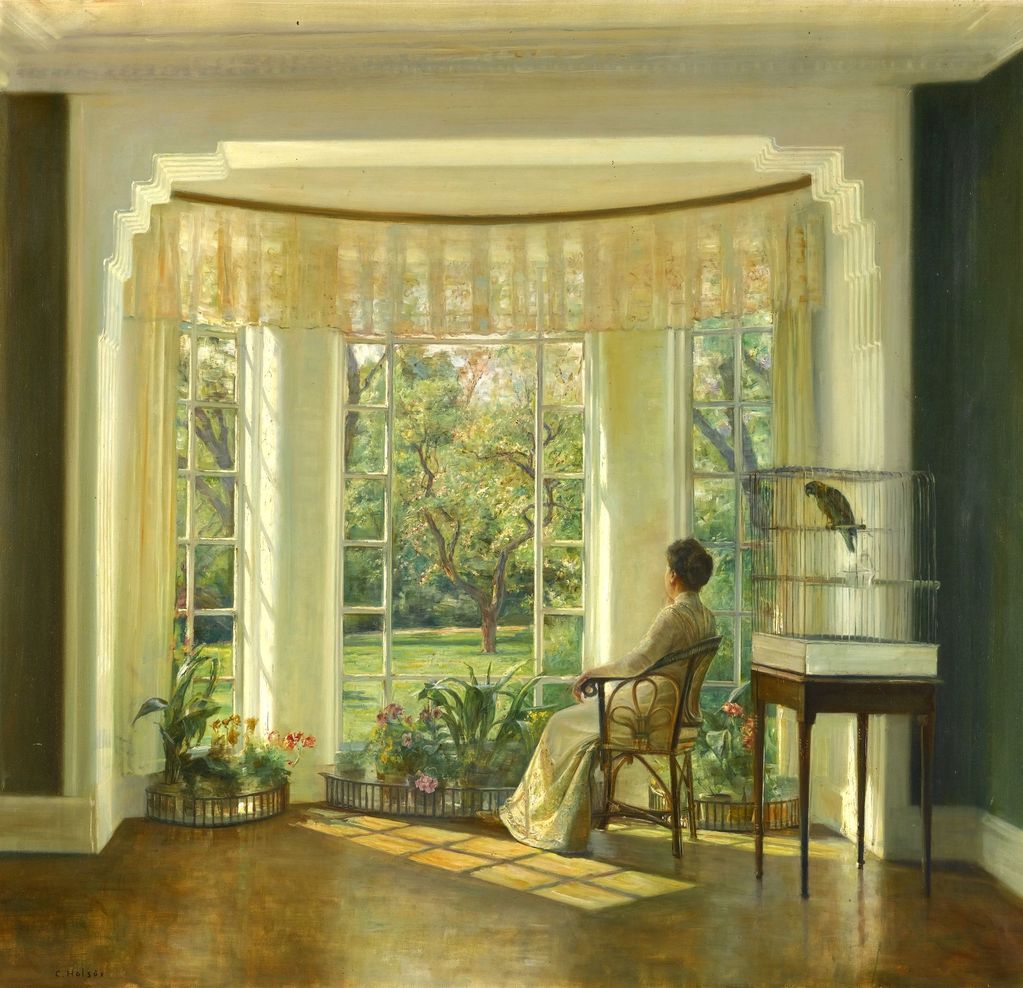 ‘Reflections.’ Carl Vilhelm Holsøe. Wikimedia Commons.
‘Reflections.’ Carl Vilhelm Holsøe. Wikimedia Commons.
In an interesting academic paper, Landscape and Health: Connecting Psychology, Aesthetics, and Philosophy through the Concept of Affordance, the authors assert that-
“Human beings live embedded in landscape and they perceive it through their whole body; it affects their well-being.”
and
“Human beings and landscape are therefore considered as involved in a mutual and dynamic relationship.”
The authors mention the concept of ‘therapeutic landscapes.’
As I write this post, I am sitting alone in such a landscape; a quiet garden, in the sunshine, shaded by an old beech tree and surrounded by greenery, birds twittering excitedly around the feeder, and bees buzzing in the lavender flowers.
I find that the surroundings are highly conducive to creativity, which I trust is reflected in this writing!
The Internal And External In Art
Art can graphically express the connections between our inner and outer worlds. By using powerful symbols, and through colour, form, texture and tone, as well as strong visual clues, art can effectively communicate meaningful issues.
“The aim of art is to represent not the outward appearance of things, but their inward significance.”
Aristotle
Striking illustrative examples of internal landscapes may be found in works of art:
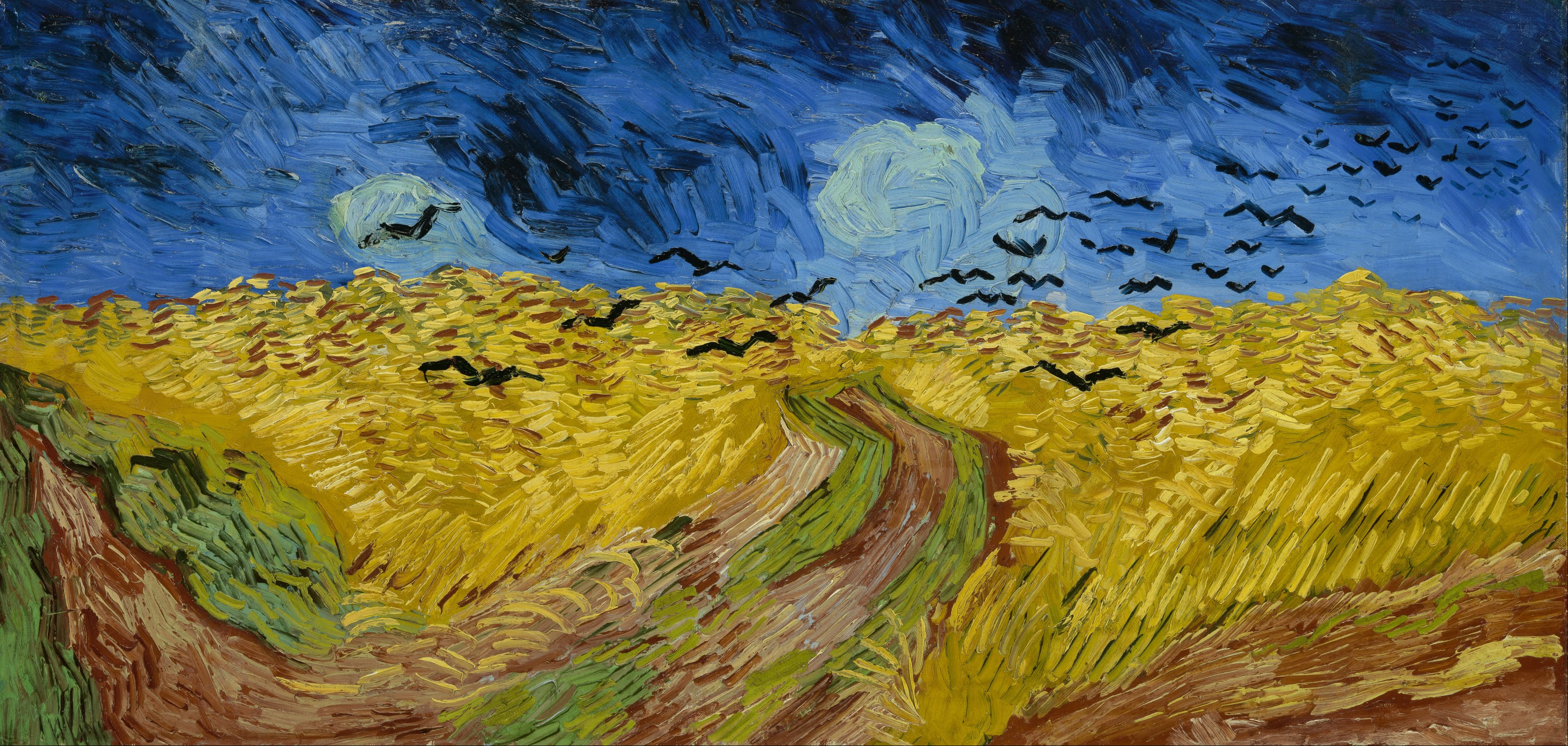
Inner world: Vincent Van Gogh. Wheatfield With Crows. Wikimedia Commons.
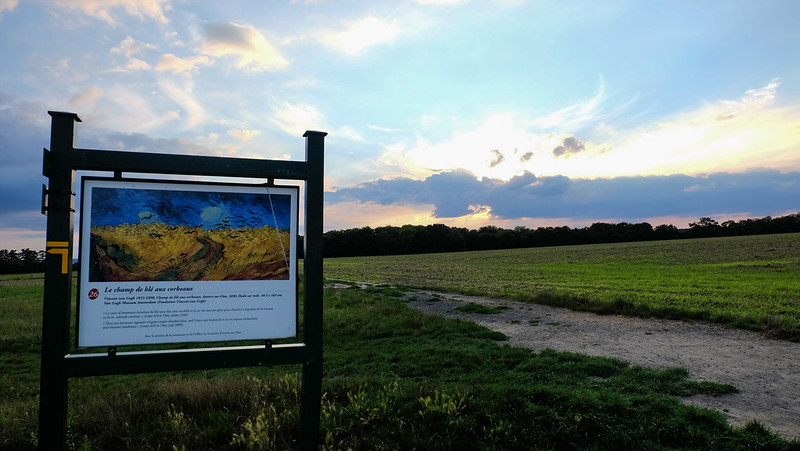
Outer world: Photos of Auvers sur Oise wheatfield where Van Gogh painted his masterpiece. Image: Flickr.
“I dream my painting and I paint my dream.”
Van Gogh’s painting of the wheatfield reveals, in a rather stark and melancholy way, how he expressed his internal landscape through his interpretation of the external reality.
When he painted this, he was near the end of his life, mentally ill, in hospital.
The landscape both reflects the outer reality of the wheatfield and, importantly, Van Gogh’s inner landscape.
Here is his internal world, externalised in paint on the canvas, a world with a deep sense of foreboding, several menacing large black crows, the threat of a storm in the sky and a path that leads to nowhere.
“Every artist dips his brush into his own soul, and paints his own nature into his pictures.”
Henry Ward Beecher.
- Inner and Outer In The Work of Rachel Whiteread
In a slightly different vein, this artist makes sculptures of negative space, so we do not quite know whether they are inner or outer. Actually they are both.
For example, in her sculpture ‘House,’ which won the Turner Prize in 1993, she made a cast of the interior of an old house which was ready for demolition, and then she removed the walls from around it.
The result was an intriguing record of the marks and imprints of human habitation, and architectural features.
We see the internal through the external image. This could also be interpreted as representing us as human beings, a powerful visual reminder of the immutable interaction between our inner and outer worlds.
 An image of Rachel Whiteread’s sculpture, ”House”. Image owned by Tate Photography. Source: http://arts.guardian.co.uk/turnerpeoplespoll/story/0,,1073498,00.html {{Statue}}
An image of Rachel Whiteread’s sculpture, ”House”. Image owned by Tate Photography. Source: http://arts.guardian.co.uk/turnerpeoplespoll/story/0,,1073498,00.html {{Statue}}
At no time has there been a more graphic illustration of the contrast between inner and outer than in such representations of the effects of the pandemic as the one below:
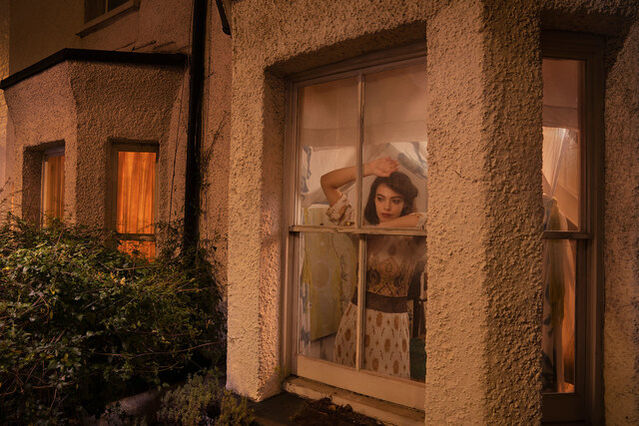 Julia Fullerton-Batten – Grace Lee, Christmas, Lockdown 2, Tier 4 [2020]Gandalf’s Gallery. Flickr.
Julia Fullerton-Batten – Grace Lee, Christmas, Lockdown 2, Tier 4 [2020]Gandalf’s Gallery. Flickr.
“From the outside looking in, everything looked completely ordinary. The problem was being on the inside, looking out.”
Belle Malory.
- Our Perceptions Of Others.
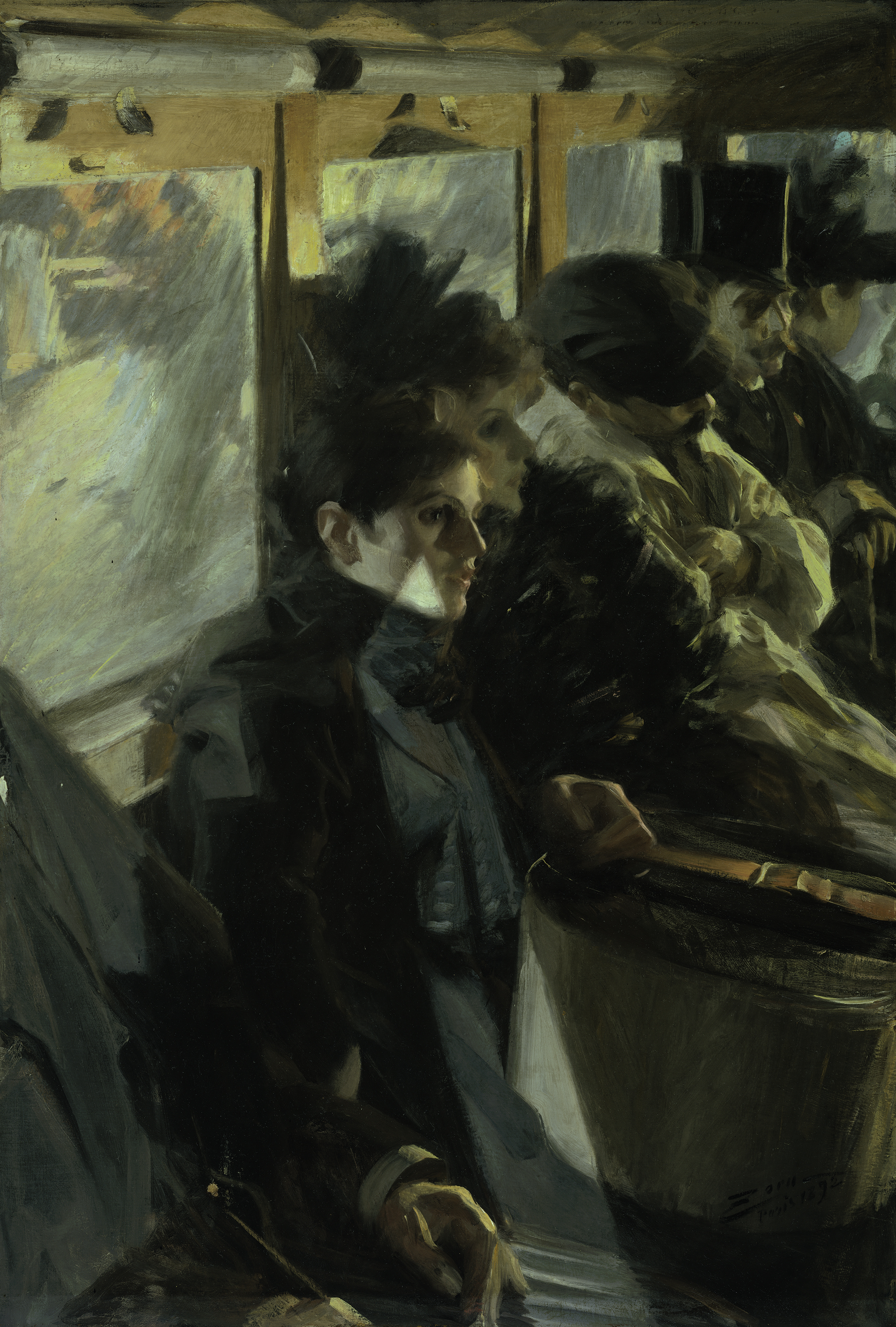 Anders Zorn – Omnibus [1892]
Anders Zorn – Omnibus [1892]
“Be kind, for everyone you meet is fighting a hard battle.”
Plato
Appearances can be deceptive. It is important not to assume that others are ‘fine,’ or feeling better than you, merely on the basis of appearance.
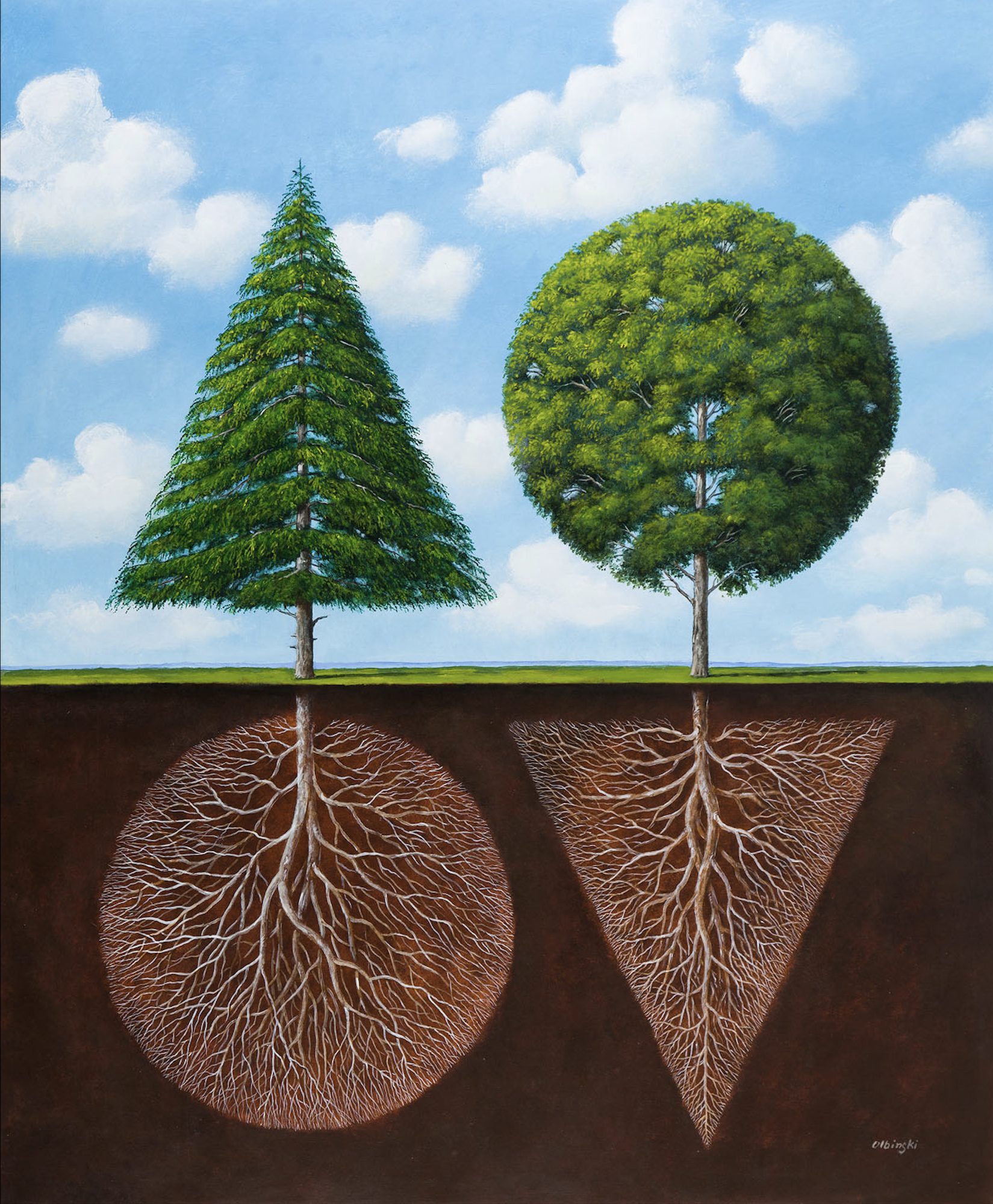 Rafał Olbiński – Superficial Analogy [2020] Gandalf’s Gallery. Flickr.
Rafał Olbiński – Superficial Analogy [2020] Gandalf’s Gallery. Flickr.
“When people rely on surface appearances and false racial stereotypes, rather than in-depth knowledge of others at the level of the heart, mind and spirit, their ability to assess and understand people accurately is compromised.”
James A. Forbes
Seeing the external as a clue to what is going on internally is not always a reliable way of understanding another person.
“Just because someone carries it well, doesn’t mean it isn’t heavy.”
unknown
Some people are very good at wearing ‘masks,’ not only against Covid-19, but an invisible mask to hide their real, authentic feelings. Life is hard for everyone, no-one has it easy all the time.
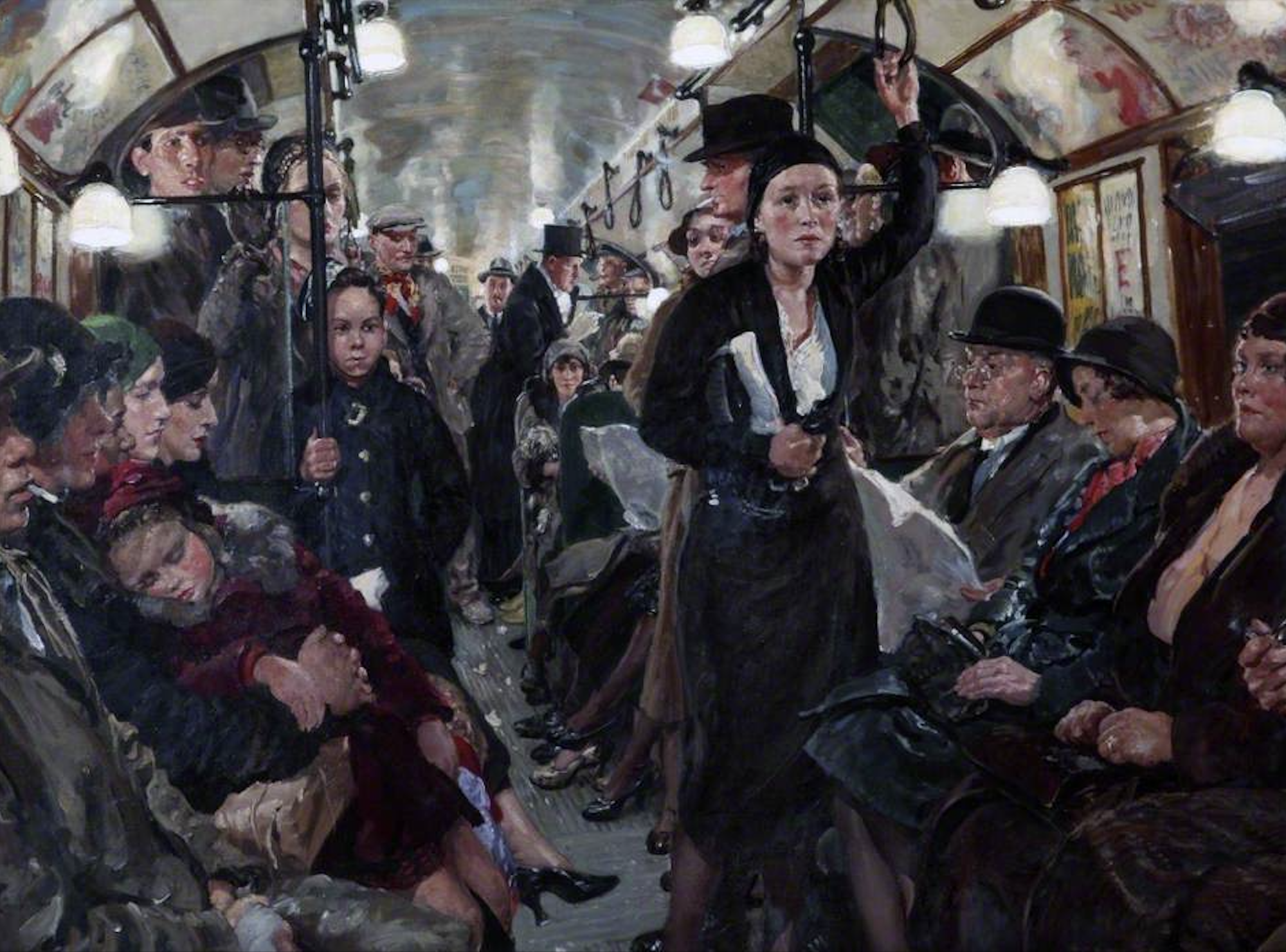 Thomas Dugdale. Underground. 1932 Gandalf’s Gallery. Flickr.
Thomas Dugdale. Underground. 1932 Gandalf’s Gallery. Flickr.
“The self-righteous scream judgments against others to hide the noise of skeletons dancing in their own closets.”
John Mark Green

“Don’t be fooled by the appearance of the doors! You can meet extraordinary beauties behind a shabby door and a wonderful door can be opened to a dump!”
Mehmet Murat ildan
© Linda Berman.
If you have enjoyed reading this post, follow my blog!

Meaningful interpretation of inner and outer worlds Linda. Would be interesting how you connect it with religion in any future analysis.
LikeLiked by 1 person
Thanks very much Leslie. Glad you liked my post. As I’m not really knowledgeable enough to write about the connection with religion, I’d be delighted if you could reply to this with some ideas about how you would connect religion with this.
LikeLike
We like the illustrations of your text.
Thanks for sharing
The Fab Four of Cley
🙂 🙂 🙂 🙂
LikeLiked by 1 person
Thanks so much. I’m glad you like the images I’ve chosen. 🤗
LikeLiked by 1 person